A novel thermally-powered actuator can bend and stretch to move a soft, caterpillar-like robot in more than one direction.
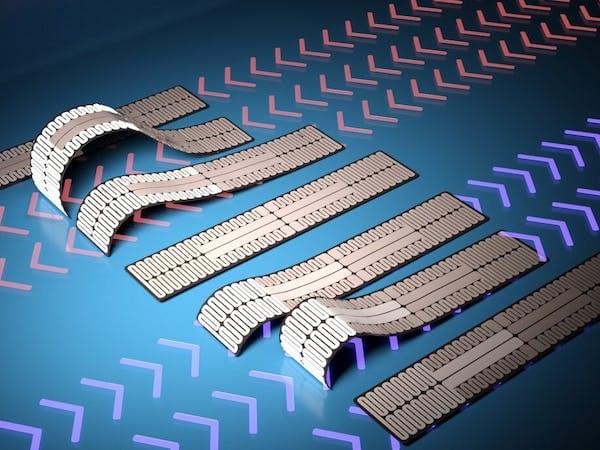

“Brian Cox — Alien Civilizations Decoded,” a captivating journey into the world of extraterrestrial life and our quest to find it. In this riveting video, renowned physicist Brian Cox discusses the implications of making contact with alien civilizations and the role of artificial intelligence in this extraordinary search.
We will explore the various methods scientists use to search for intelligent life beyond our planet, including scanning the skies for radio signals and examining exoplanets for potential habitability. With the recent introduction of AI, researchers have experienced a breakthrough, detecting over 20,000 signals of interest and igniting a renewed passion for finding alien technosignatures.
Join us as we delve into the possibilities of what alien life forms might look like, drawing from our understanding of biology and the conditions necessary for life. We will consider the challenges of communicating with these potential extraterrestrial beings, as well as the ethical questions that may arise from establishing contact.
As we take a closer look at the famous Wow signal and ponder the types of alien signals we might detect, Brian Cox will share his insights on deciphering and interpreting these messages. The monumental task of understanding an alien language could reshape our understanding of the cosmos and challenge our cultural and religious beliefs.
In this thought-provoking video, we’ll discuss the potential consequences of making contact with an alien civilization and the importance of global collaboration in addressing ethical considerations. As our search for extraterrestrial life continues, we must embrace the unknown and prepare ourselves for the incredible discoveries that lie ahead.
Join us in “Brian Cox — Alien Civilizations Decoded” as we embark on an unforgettable journey into the vast reaches of space, with AI as our ally and the mysteries of the universe waiting to be uncovered.

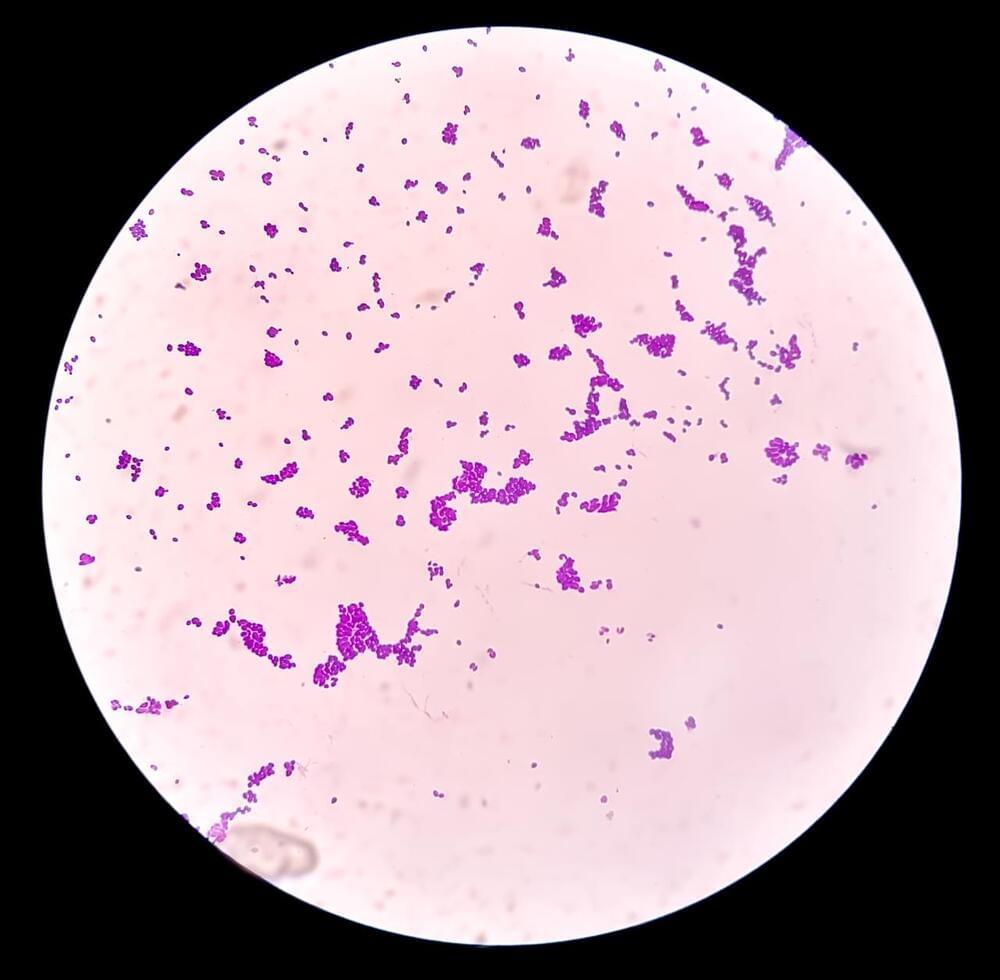
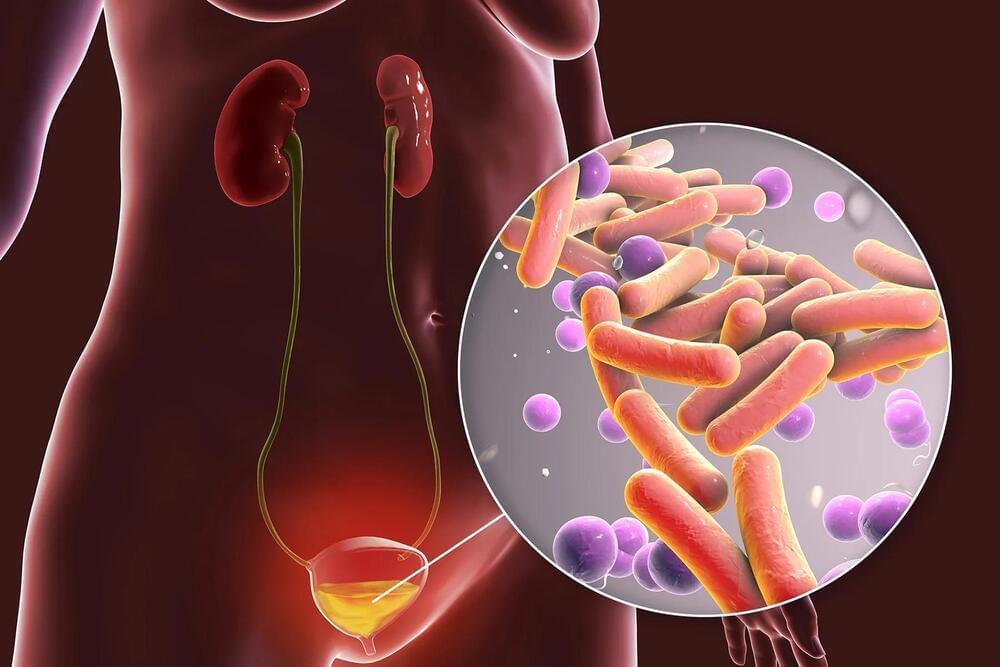
March 24, 2023 – At least half a million urinary tract infections are caused by eating meat contaminated with E.coli bacteria, a new study reports.
E.coli is the most common bacteria to cause urinary tract infections, and it usually lives harmlessly in the human intestinal tract, although it is well-known to be a source of food poisoning.
“Most people understand that eating uncooked meat, or accidentally ingesting bacteria from meat, can cause you to have an upset stomach,” said researcher Lance B. Price, a professor at George Washington University, according to The Washington Post. “But now we also know that specific varieties of E. coli, coming from raw meat, are also causing hundreds of thousands of UTIs.”
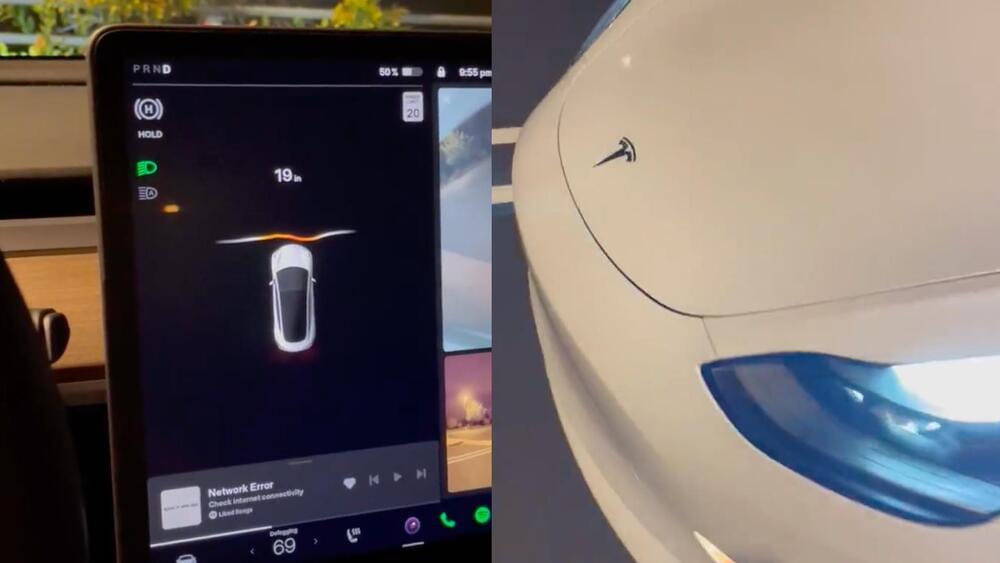
Tesla Vision Park Assist provides visual and audio alerts of surrounding objects. This feature uses the occupancy network to predict high-definition outlines of objects 360 degrees around the car. Note: Tesla Vision Park Assist is for guidance purposes only and is not a substitute for an aware driver. Please be attentive and avoid obstacles as required.
This is after being parked for a while, interesting to see how park assist takes a bit to load previous data from before it was parked. Still really impressive work from the @Tesla team pic.twitter.com/LONqouXp85
A number of Tesla owners with vision-only cars who received update 2023.6.9 have shared initial videos of Vision Park Assist’s performance in real-world situations. Tesla Model 3 owner @EVBaymax, for one, observed that the distance estimates displayed in the vehicle are quite accurate, almost to the inch. The Model 3 owner actually verified Tesla Vision’s estimates with a tape measure, and it was quite accurate.
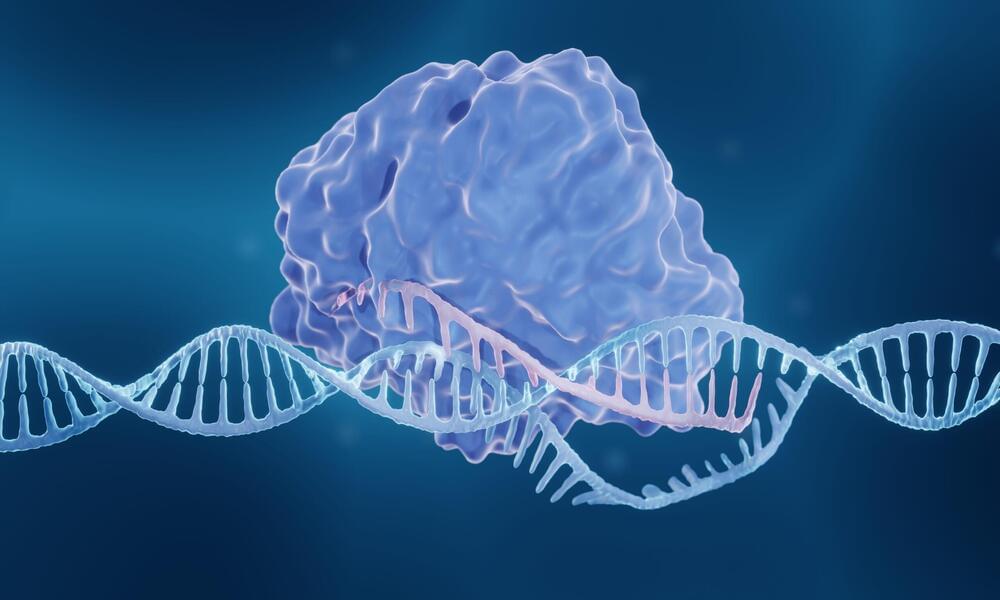
The researchers add that these data demonstrate that CRISPRa is generally applicable across chromatin states and cell types, and highlights the factors that impact the degree of gene activation and how easy it is to reproduce the effects. Understanding these factors is important in the design and analysis of CRISPRa screens, which are used to look for genes involved in genetic diseases, the team points out.
Further study is required to continue to add to these rules and to see whether different CRISPRa or CRISPR interference techniques behave in a similar way.
“Our research has established a system for reporting the effectiveness of CRISPR activation in stem cells, allowing us to gain a better understanding of how CRISPRa works in multiple cell states,” says Qianxin Wu, PhD, first author from Wellcome Sanger. “We also showed that CRISPR gene activation is powerful enough to induce stem cells to differentiate into other cell states. This suggests that CRISPRa screens can be used to search for genes involved in cellular processes or to generate more accurate models of cell types in the body, aiding research into genetic diseases and regenerative medicine.”


A Harvard physicist has detailed his planned expedition to Papua New Guinea with the ambitious task of gathering remnants of a meteorite that he believes could be an alien probe.
Avi Loeb who is head of the Galileo Project, the “Systematic Scientific Search for Evidence of Extraterrestrial Technological Artifacts”, hopes to find fragments CNEOS1 2014/01/08 which crashed into Earth back in 2014 during the $1.5 million mission trip he organised to visit the Pacific island nation.

I’m already fairly optimistic. Y2K was supposed to drop planes of the sky. Yet we’re here. You’re more likely to die in a car wreck than plane wreck yet most people are more scared of flying than driving and flipping off people with road rage.
From ChatGPT to driverless cars, we need to be hopeful about progress.